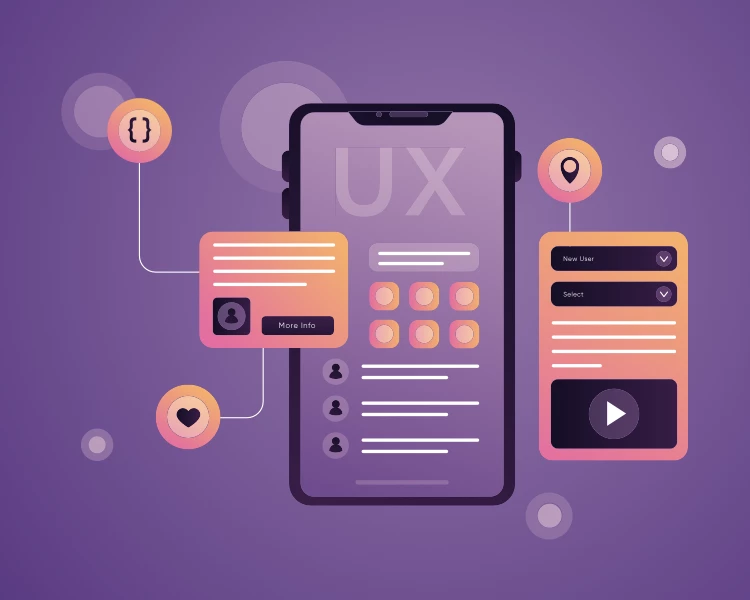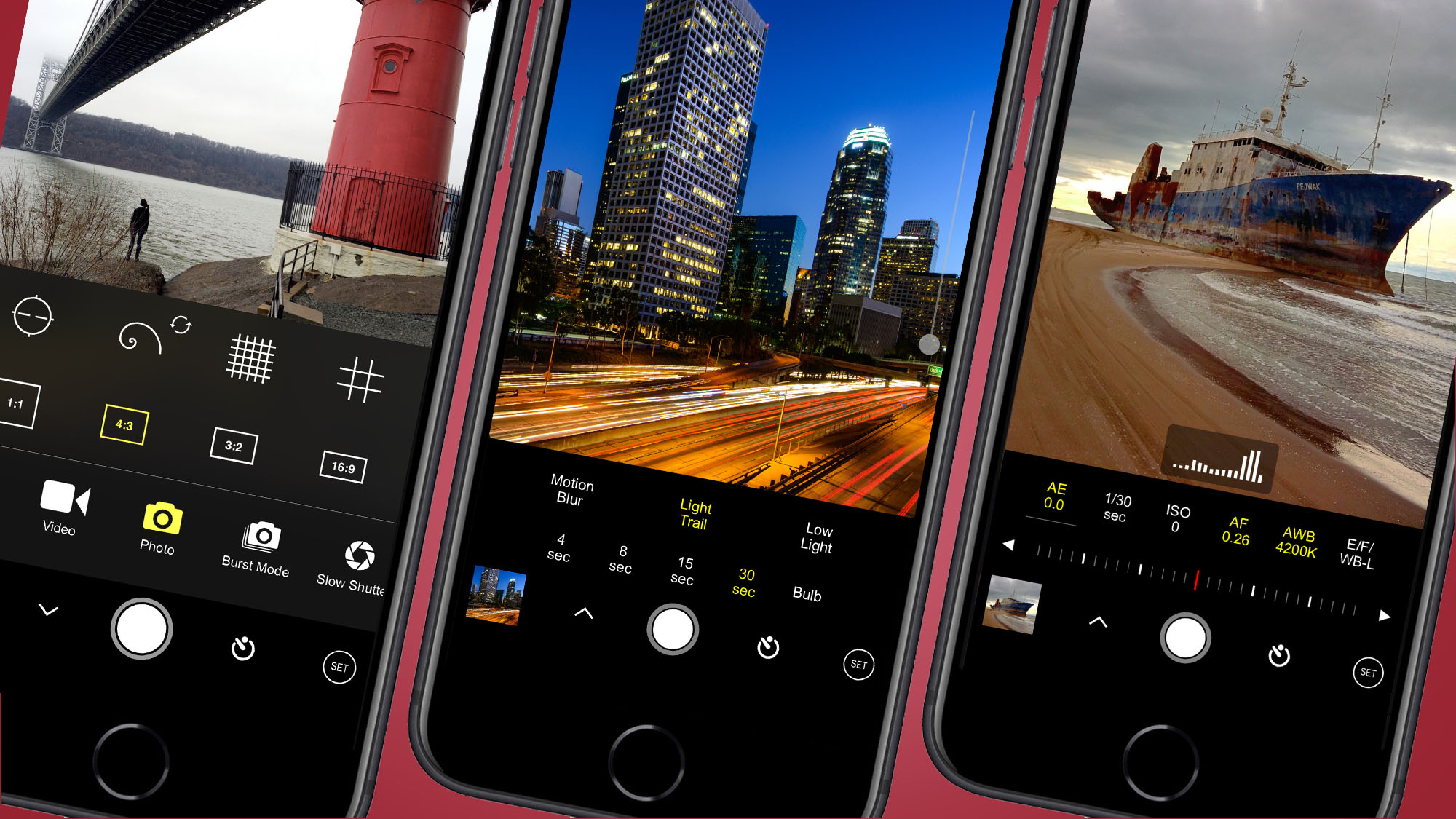As we head towards 2023, Mobile Application Development improvement patterns are advancing speedier than ever sometime recently. Based on exhaustive inquiries, this article presents a comprehensive list of mobile application advancement patterns, isolated into three categories – UX app plan patterns, iOS and Android app improvement patterns, and up-and-coming future application advancement patterns.
The world of mobile application advancement is continually advancing, and as we head into 2023, there are a few energizing patterns developing that are set to shape the industry. From progressed innovations to imaginative plan strategies, these patterns are beyond any doubt to capture the eye of designers and clients alike.
In this context, “11 Eye-Catching Mobile Application Advancement Trends in 2023” alludes to a list of eleven of these rising patterns that are anticipated to be especially essential and impactful within the year 2023. These patterns are likely to impact the way versatile apps are outlined, created, and utilized by individuals around the world.
Let’s dive into the UX-based app design trends:
Motion Design is the Future
When it comes to mobile app design, having a complex and consistent layout without any engagement can lead to user dissatisfaction. To tackle this issue, the solution is Motion Design. Motion design helps to “grab” the user’s attention and provide interactivity, engagement, animated scrolling, and large-scale interaction.
For instance, the UI/UX experts at Appinventiv incorporated sophisticated motion design features in Domino’s app, resulting in an increased conversion rate of 23%. Motion design features in apps also save users time and provide a remarkable experience. This is one of the latest Mobile Application Development Trends that app developers are focusing on.
AI is Key

As we head towards 2023, the field of mobile application development is constantly evolving, and one of the most significant trends is the integration of Artificial Intelligence (AI) and machine learning. The AI-powered computational design allows for apps to be created through automated programs, reducing the time and effort required for manual designing.
Using AI in the design process also ensures consistency and accuracy in the end product. For example, AI can quickly generate multiple versions of a single landing page, streamlining the design process. With AI’s continued advancement, it is expected to play an increasingly important role in the UX design cycle. Stay ahead of the game by incorporating AI into your mobile application development strategy.
Smart and Inclusive UX App Designs

Touchless UI

Moving on to iOS and Android mobile application development trends:
Camera-focused Mobile Apps

As video conferencing apps have become increasingly popular, mobile application development trends are now focusing on camera-based apps that stream entertainment, broadcast content, and facilitate social networking. The demand for such apps is evident in the success of platforms such as TikTok, which has generated over $9.89 billion in advertising revenue. These trends align with the growing need for users to connect with others remotely, particularly with the rise of remote working.
Low Code/No Code
New Audio-Focused Social Media Platform
Integration with wearable technology
Cross-platform development
Cloud-based mobile apps

Blockchain-based mobile apps
Conclusion
Mobile application development trends are constantly evolving, with new technologies and advancements emerging regularly. From UX app design trends to the latest developments in iOS and Android app development, there are many exciting developments in store for the industry.

As mobile devices continue to play an increasingly vital role in our daily lives, the demand for innovative and user-friendly mobile apps will only continue to grow. By keeping up-to-date with the latest trends and technologies, mobile app developers can stay ahead of the competition and provide cutting-edge apps that meet the expectations of today’s users. This includes keeping up with emerging trends such as the use of artificial intelligence, augmented reality, and the integration of wearable devices, among others.
Staying on top of the latest mobile application development trends is essential for developers looking to create successful and impactful apps that resonate with users. With the rapid pace of technological advancement, it is more important than ever to stay informed and up-to-date on the latest trends and best practices in the field.
FAQs
Q: What role will AI and ML play in mobile application development in 2023?
A: AI and ML will play a significant role in mobile application development in 2023, allowing developers to create apps that are more personalized and intuitive. AI and ML algorithms can be used to analyze user data, predict user behavior, and provide customized recommendations, among other things.
Q: What are some examples of AR and VR apps that will be popular in 2023?
A: Some examples of AR and VR apps that will be popular in 2023 include gaming apps, educational apps, and shopping apps. AR and VR technology can be used to create immersive experiences that allow users to interact with digital content in real-world environments.
Q: How will IoT impact mobile application development?
A: The Internet of Things (IoT) will impact mobile application development by enabling developers to create apps that can interact with connected devices and sensors, such as smart home devices and wearable technology. This will allow for the creation of more sophisticated and intelligent apps that can automate tasks and provide real-time data analysis.











.png)








Discussion about this post